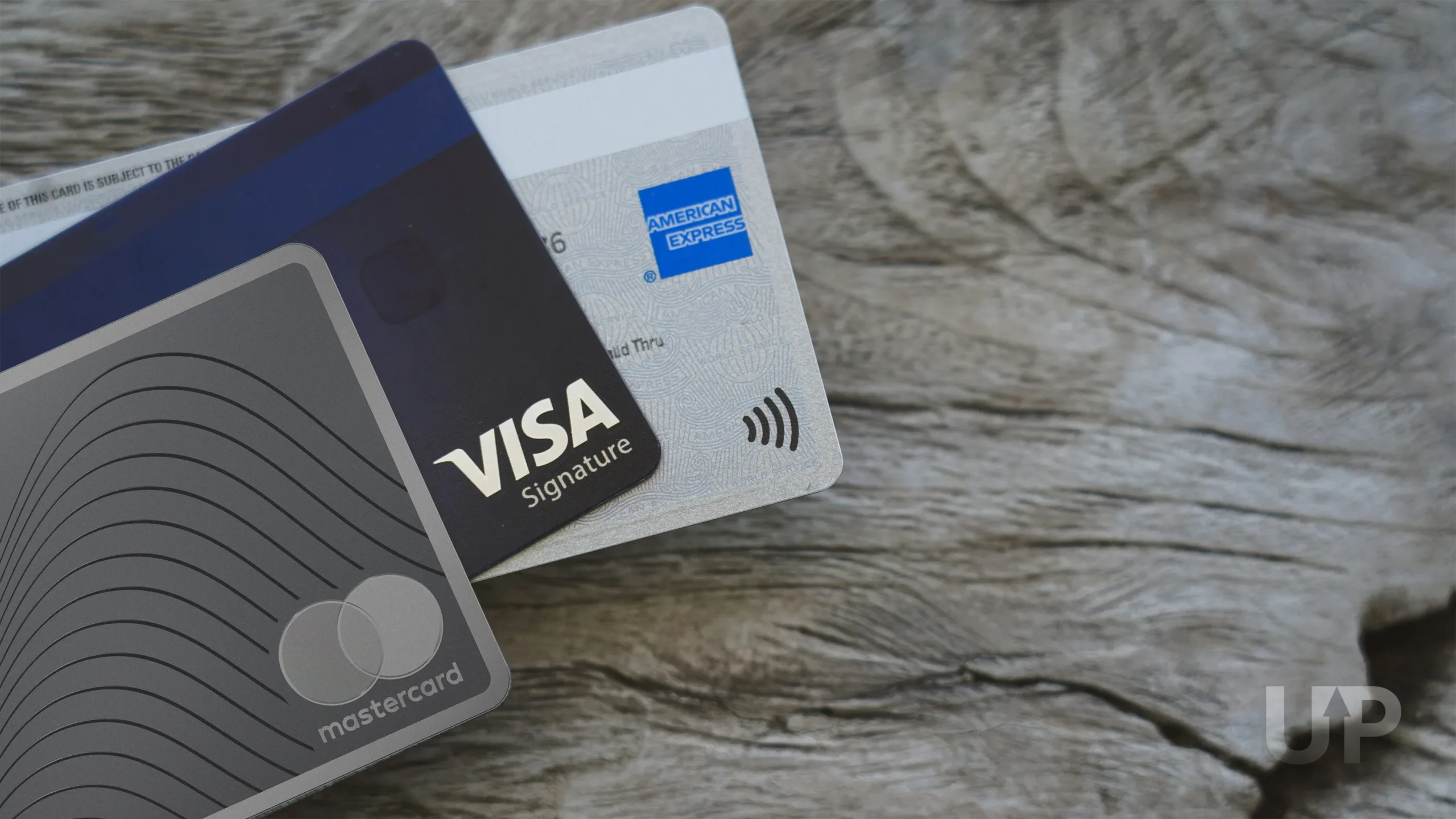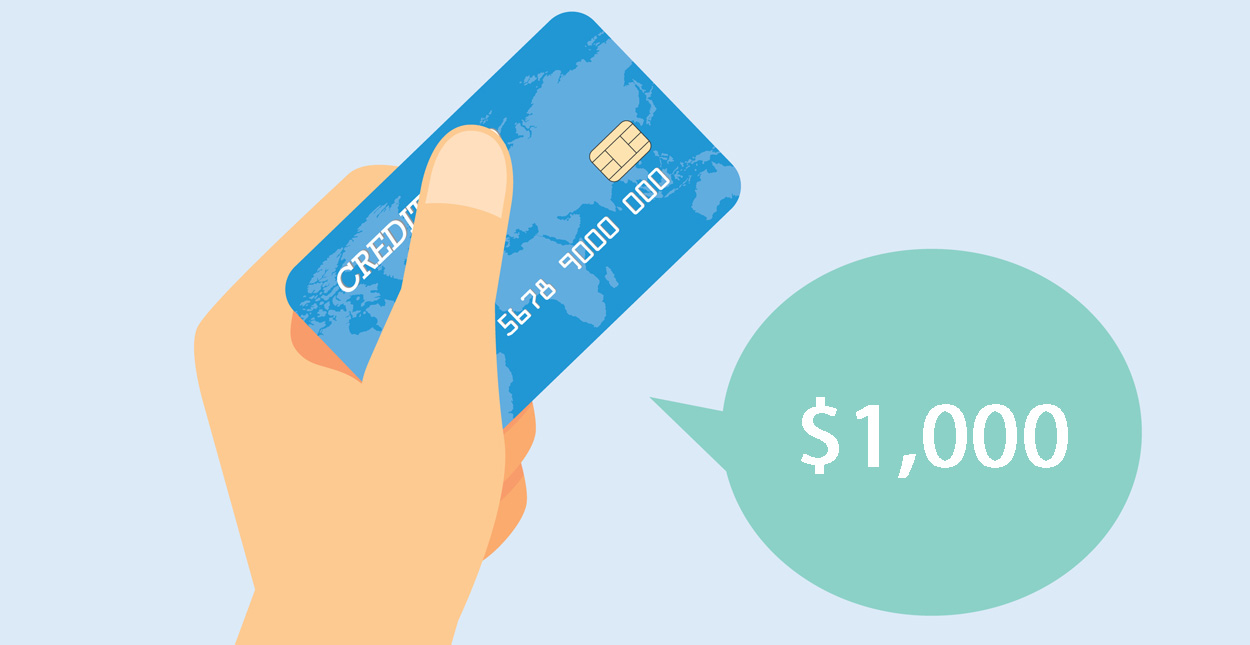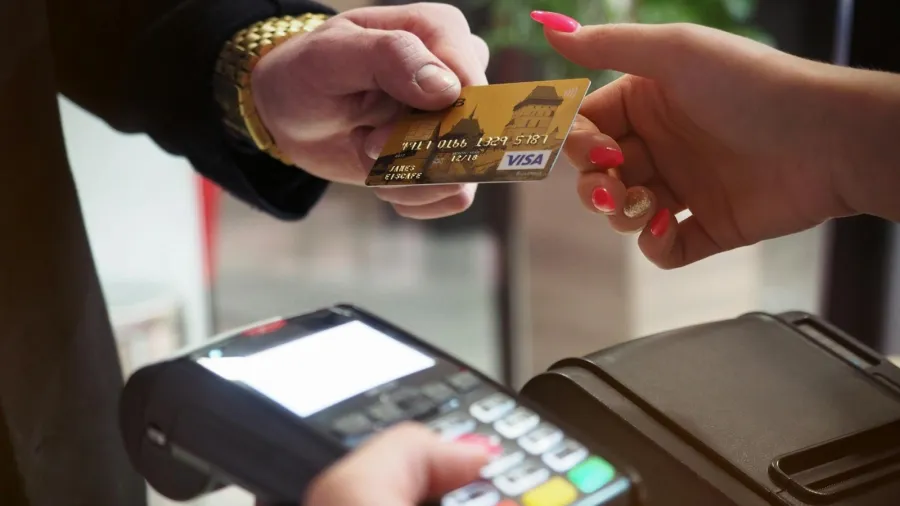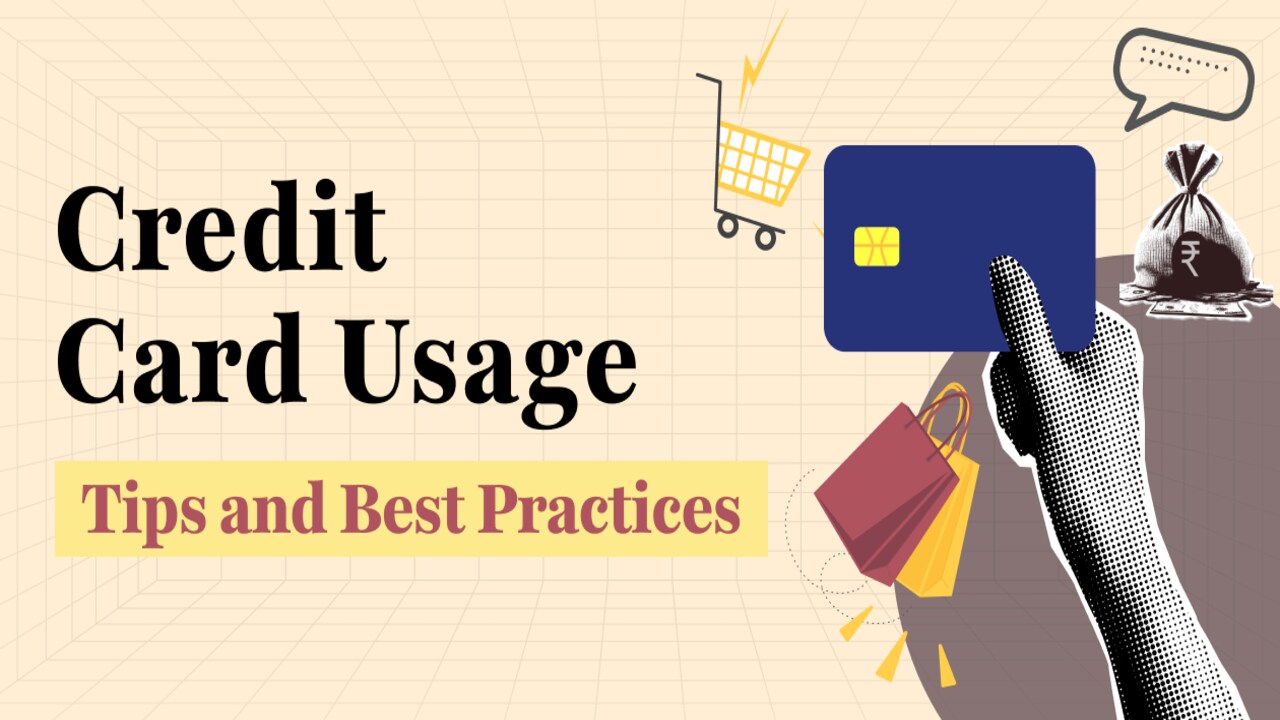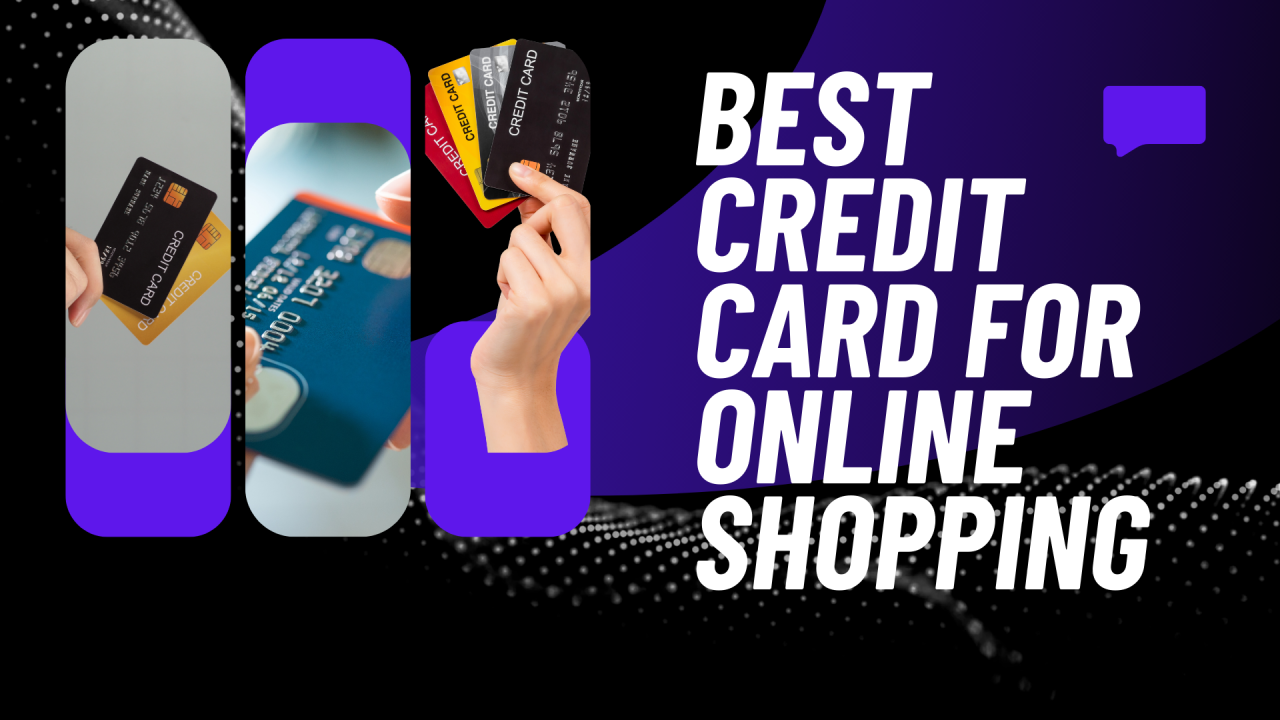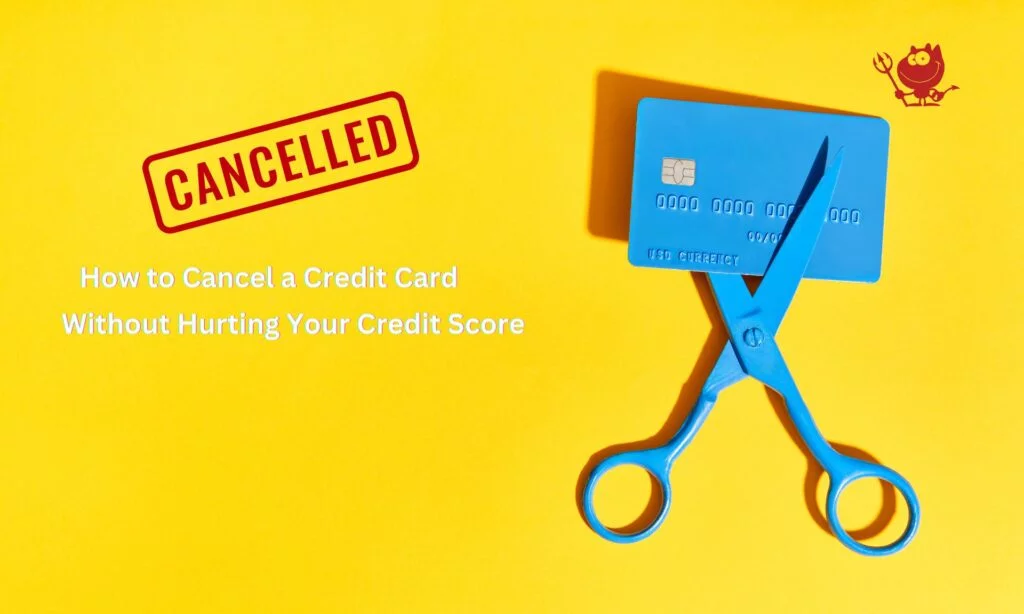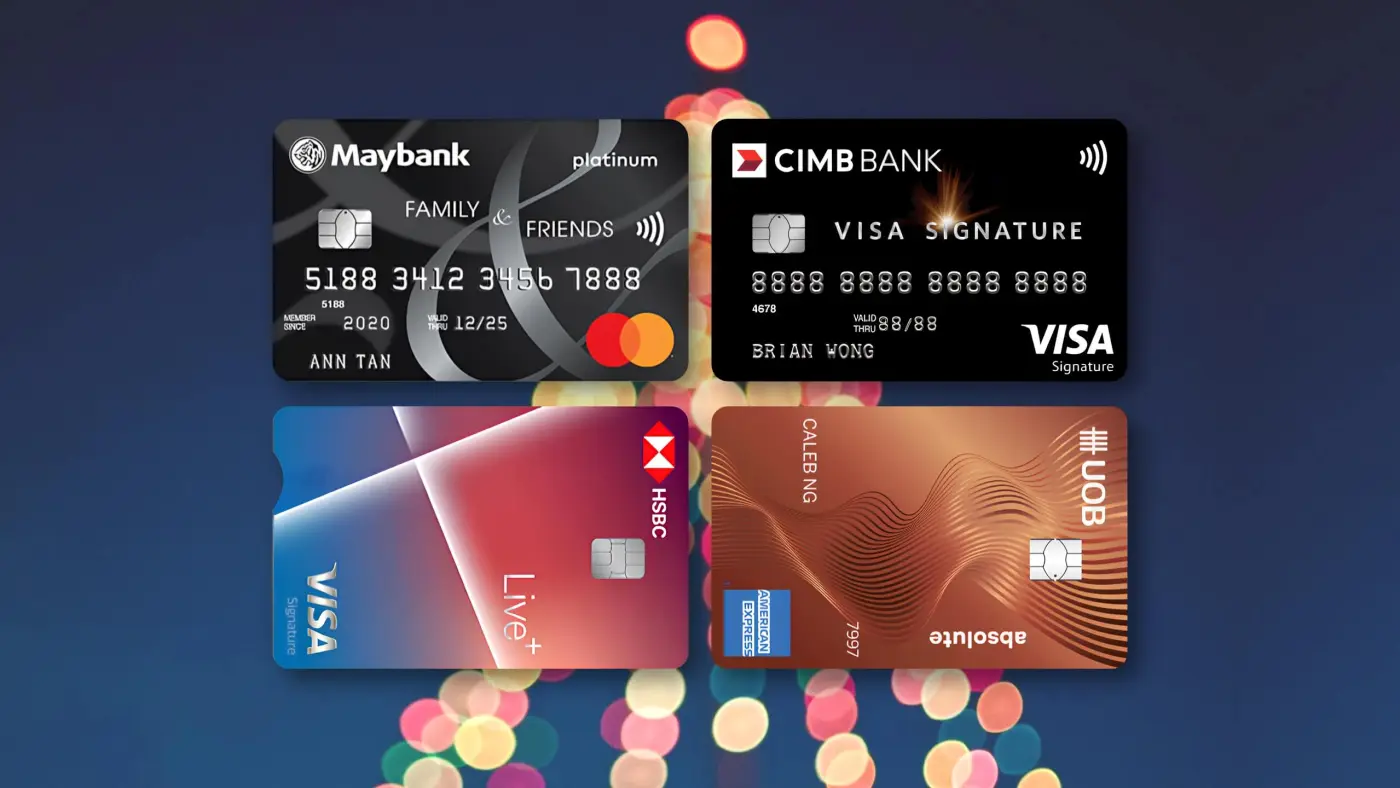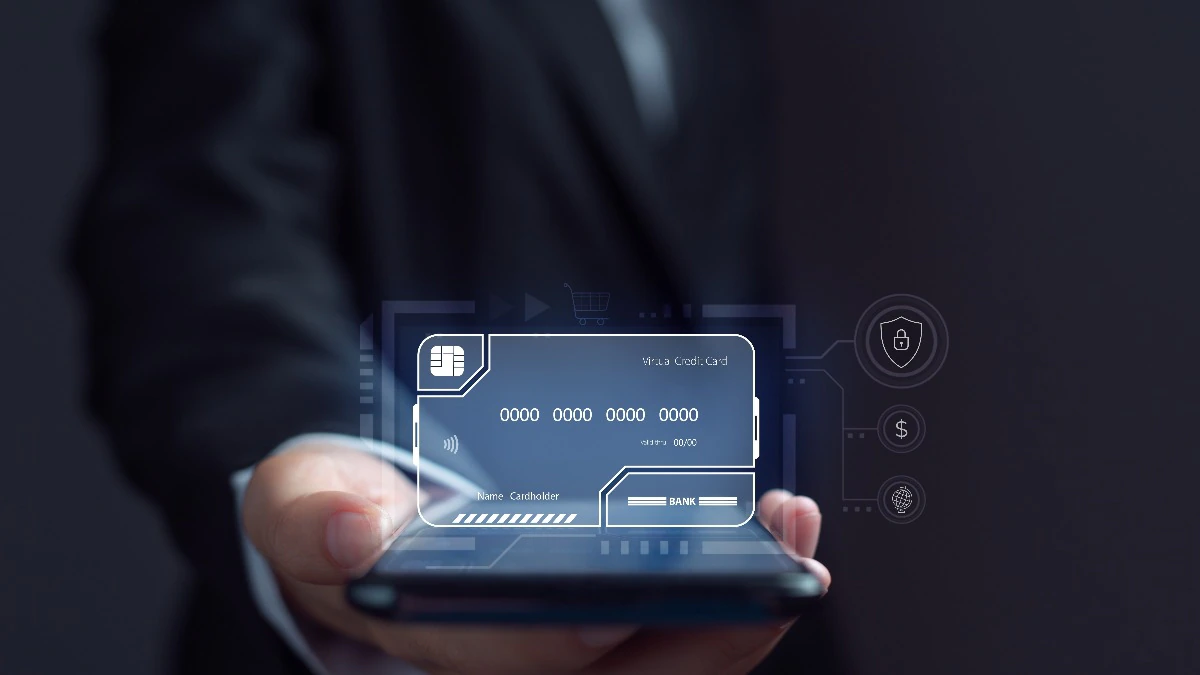A credit card is a convenient tool for making purchases, but it also comes with a feature that can be tempting in a moment of financial need: the cash advance. A cash advance is a loan from your credit card issuer that allows you to withdraw cash from your credit card at an ATM. While it may seem like a simple solution for a cash emergency, a cash advance is one of the most expensive and risky financial moves you can make with a credit card. The high fees, high interest rates, and lack of a grace period make it a financial trap for the uninformed consumer. This comprehensive guide will break down what a cash advance is, detail its true cost, and provide a number of smarter alternatives that can help you avoid this costly mistake.
What is a Credit Card Cash Advance?
A cash advance is a short-term, high-interest loan that you get from your credit card.
How it Works and What it is Used For
A cash advance works in a similar way to an ATM withdrawal from a debit card, but with a few key differences. You can go to an ATM, insert your credit card, and withdraw cash up to a certain limit. The money you withdraw is then added to your credit card balance, just as a purchase would be. A cash advance is typically used in a moment of financial need, such as to pay for a service that does not accept credit cards or to get cash for a small emergency.
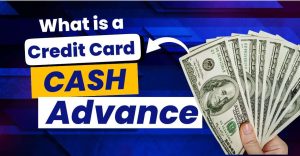
The Two Main Types: ATM Withdrawal and Convenience Checks
- ATM Withdrawal: This is the most common form of a cash advance. You simply go to an ATM and withdraw cash from your credit card.
- Convenience Checks: Some credit card issuers send their cardholders convenience checks, which are checks that are tied to your credit card and can be written for a cash advance.
The True Cost of a Cash Advance
The true cost of a cash advance is much higher than the amount of money you withdraw. It is a combination of a high, immediate fee, a high interest rate, and a lack of a grace period.

The High, Immediate Fee
The first and most immediate cost of a cash advance is the fee. Most credit card issuers charge a cash advance fee, which is typically a percentage of the amount you withdraw (e.g., 3% to 5%) or a flat fee (e.g., $10), whichever is greater. This fee is charged immediately, so you are already paying a premium before you even leave the ATM.
The High Interest Rate (Often Higher Than a Purchase APR)
The interest rate on a cash advance is almost always higher than the interest rate on a standard purchase. A card with a 19% APR for purchases might have a 25% APR for cash advances. This high interest rate starts to accumulate from the moment you take out the cash.
The Lack of a Grace Period (Interest Starts Immediately)
This is a critical detail that makes a cash advance so expensive. Unlike a standard purchase, which often comes with a grace period of 21 to 25 days before interest is charged, a cash advance has no grace period. The interest starts accumulating from the moment you withdraw the cash, and it will continue to accumulate until the balance is paid off in full.
A Mathematical Breakdown of a Cash Advance
To illustrate the true cost, let’s look at a fictional case study. You need $500 in cash for an emergency. Your credit card has a 5% cash advance fee, a 25% APR for cash advances, and a 19% APR for purchases.
- The Fee: You immediately pay a 5% fee on the $500, which is $25. Your balance is now $525.
- The Interest: The 25% APR starts accumulating on the $525 balance from day one. If you take a month to pay off the balance, you will pay approximately $10.94 in interest.
- The Total Cost: The total cost of the $500 cash advance is $535.94. You have paid almost $36 just for the convenience of taking out the cash.
This is a very simple example. If you take longer to pay off the balance, the cost will be much higher.
Smarter Alternatives to a Cash Advance
Given the high cost and risk of a cash advance, it should be a last resort. There are a number of smarter, less expensive alternatives that you should consider first.
Using a Personal Loan
If you need a larger sum of money, a personal loan from a bank or credit union is a much better option. Personal loans typically have a much lower interest rate than a credit card cash advance, and they come with a fixed repayment schedule.
The Role of an Emergency Fund
The best way to avoid a cash advance is to have an emergency fund. An emergency fund is a savings account that you use for unexpected expenses, such as a car repair or a medical bill. By having an emergency fund, you can avoid the need to take out a high-cost loan.
Using a Low-Interest Credit Card
If you have a credit card with a 0% introductory APR for purchases, you could use the card to pay for a purchase that you would have otherwise paid for with cash. This allows you to free up cash in your checking account for your emergency.
Final Conclusion: Avoid the Financial Trap
A credit card cash advance is a financial trap that is designed to be a last resort. The high fees, high interest rates, and lack of a grace period make it an incredibly expensive way to get cash. By understanding the true cost of a cash advance and by considering the many smarter and less expensive alternatives, you can avoid this financial trap and keep your finances on a healthier and more prosperous path.


